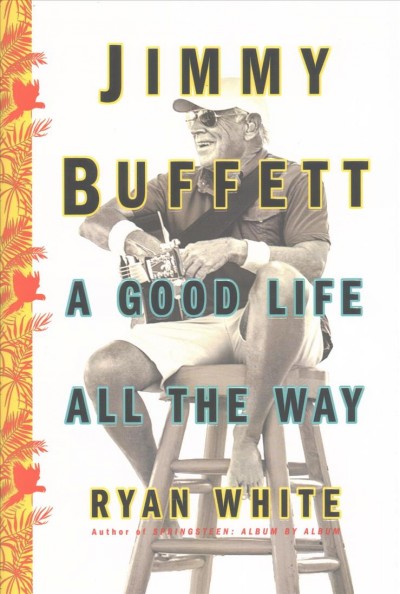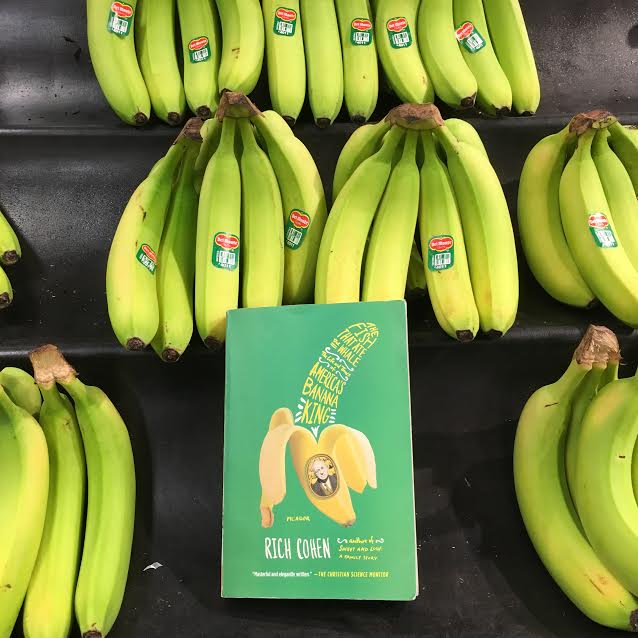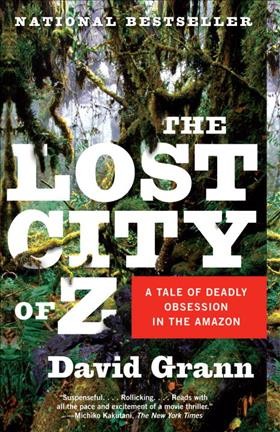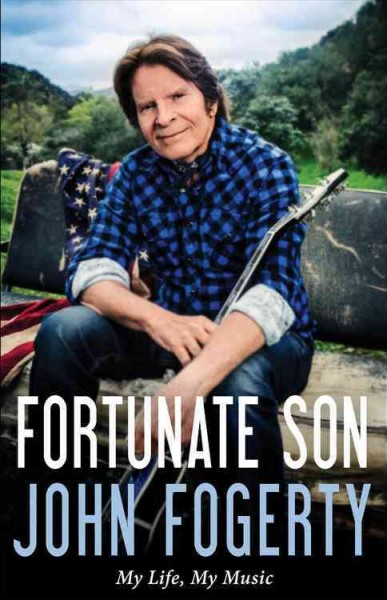by Andrew Hedglin
The days are getting longer, the temperature is rising, and thoughts turn to balmy beach vacation getaways. I have three nonfiction books recommendations that will be perfect for yourvacation, but despite their tropical setting, these books stray further and further away from the good life where the living is easy. The books are arranged from north to south in latitude, from the present to the past in setting (and publication date), and further and further into the ambitions of men.
Jimmy Buffett: A Good Life All the Way by Ryan White
 Jimmy Buffett is at the center of my musical taste, from way back when I was but a tiny child riding in the back seat of my mom’s Camaro. He’s known for his “deathless novelty songs” that were designed to fuel every tequila-filled Baby Boomer bacchanal since 1975, or perhaps for prefiguring Jay Z’s famous boast, “I’m not a businessman. I’m a business, man.” But he’s also been a fabulous songwriter and artist with songs on the level of his more respected contemporaries (and friends) Jerry Jeff Walker, Steve Goodman, and John Prine. I’ve been way deep into the Buffett mythos, from Buffet’s own travelogue A Pirate Looks at Fifty to William McKeen’s keen Key West history Mile Marker Zero, and I can say Ryan White’s new biography is the best book on Buffett I’ve read so far that balances the relationship between the songs, the legend, the man, and the ubiquitous Margaritaville brand. The characters that float in and out can be a bit confusing, but for the true Parrot Head believer, this book is a treasure.
Jimmy Buffett is at the center of my musical taste, from way back when I was but a tiny child riding in the back seat of my mom’s Camaro. He’s known for his “deathless novelty songs” that were designed to fuel every tequila-filled Baby Boomer bacchanal since 1975, or perhaps for prefiguring Jay Z’s famous boast, “I’m not a businessman. I’m a business, man.” But he’s also been a fabulous songwriter and artist with songs on the level of his more respected contemporaries (and friends) Jerry Jeff Walker, Steve Goodman, and John Prine. I’ve been way deep into the Buffett mythos, from Buffet’s own travelogue A Pirate Looks at Fifty to William McKeen’s keen Key West history Mile Marker Zero, and I can say Ryan White’s new biography is the best book on Buffett I’ve read so far that balances the relationship between the songs, the legend, the man, and the ubiquitous Margaritaville brand. The characters that float in and out can be a bit confusing, but for the true Parrot Head believer, this book is a treasure.
The Fish That Ate the Whale: The Life and Times of America’s Banana King by Rich Cohen

This book is BANANAS!
The Fish That Ate the Whale tells the story of Samuel Zemurray, a.ka. Sam the Banana Man, a Russian immigrant who became one of the most powerful men in both the banana industry and Central American history. His journey from Selma to Mobile to New Orleans to Honduras and Guatemala is breath-taking in scope. Zemurray is depicted as highly intelligent, opinionated, and disdainful of ignorance and inefficiency. Cohen also thoughtfully explores the Jewish identity of a 20th century tycoon always on the margins of high society. This book pulses with vivacity and sweat, taking you through a tour of an undeniably great and sometimes terrible man. You will never look a banana in quite the same way again.
The Lost City of Z: A Tale of Deadly Obsession in the Amazon by David Grann
 I’ve seen this book lurking around the store since I arrived here two years ago, but only felt compelled to pick it up due to the impending arrival of David Grann, who was here last week to promote his new book, Killers of the Flower Moon. Boy, am I glad I finally discovered The Lost City of Z…well, discovered the book anyway. It tells the captivating tale of Col. Percy Fawcett, a British explorer from the Royal Geographic Society who first comes to South America in search of adventure, and later becomes obsessed with finding a mythical city, representing for Percy the soul of the Amazon itself. This is the most captivating mystery in the jungle I’ve heard about since the television show Lost went off the air. Grann’s book is about obsession, history, geography, and the limits of what humans can ever empirically know. I cannot recommend this book highly enough.
I’ve seen this book lurking around the store since I arrived here two years ago, but only felt compelled to pick it up due to the impending arrival of David Grann, who was here last week to promote his new book, Killers of the Flower Moon. Boy, am I glad I finally discovered The Lost City of Z…well, discovered the book anyway. It tells the captivating tale of Col. Percy Fawcett, a British explorer from the Royal Geographic Society who first comes to South America in search of adventure, and later becomes obsessed with finding a mythical city, representing for Percy the soul of the Amazon itself. This is the most captivating mystery in the jungle I’ve heard about since the television show Lost went off the air. Grann’s book is about obsession, history, geography, and the limits of what humans can ever empirically know. I cannot recommend this book highly enough.


 I was excited when signed copies of John Fogerty’s biography
I was excited when signed copies of John Fogerty’s biography 



























